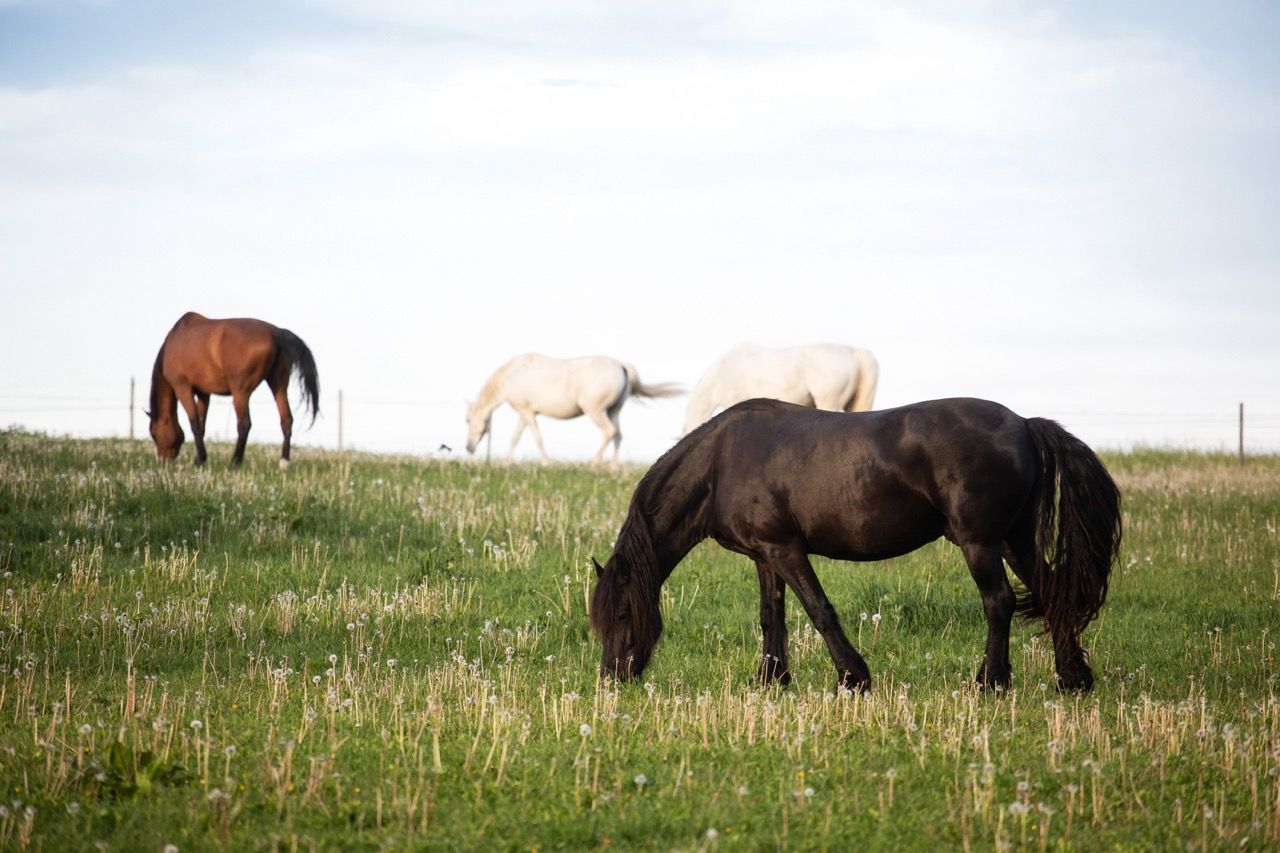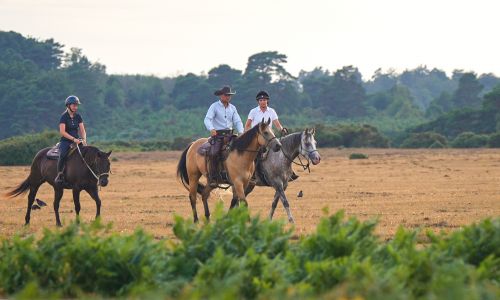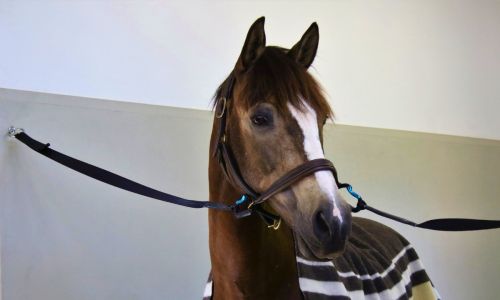Why Surface Variety Matters When Training Your Horse
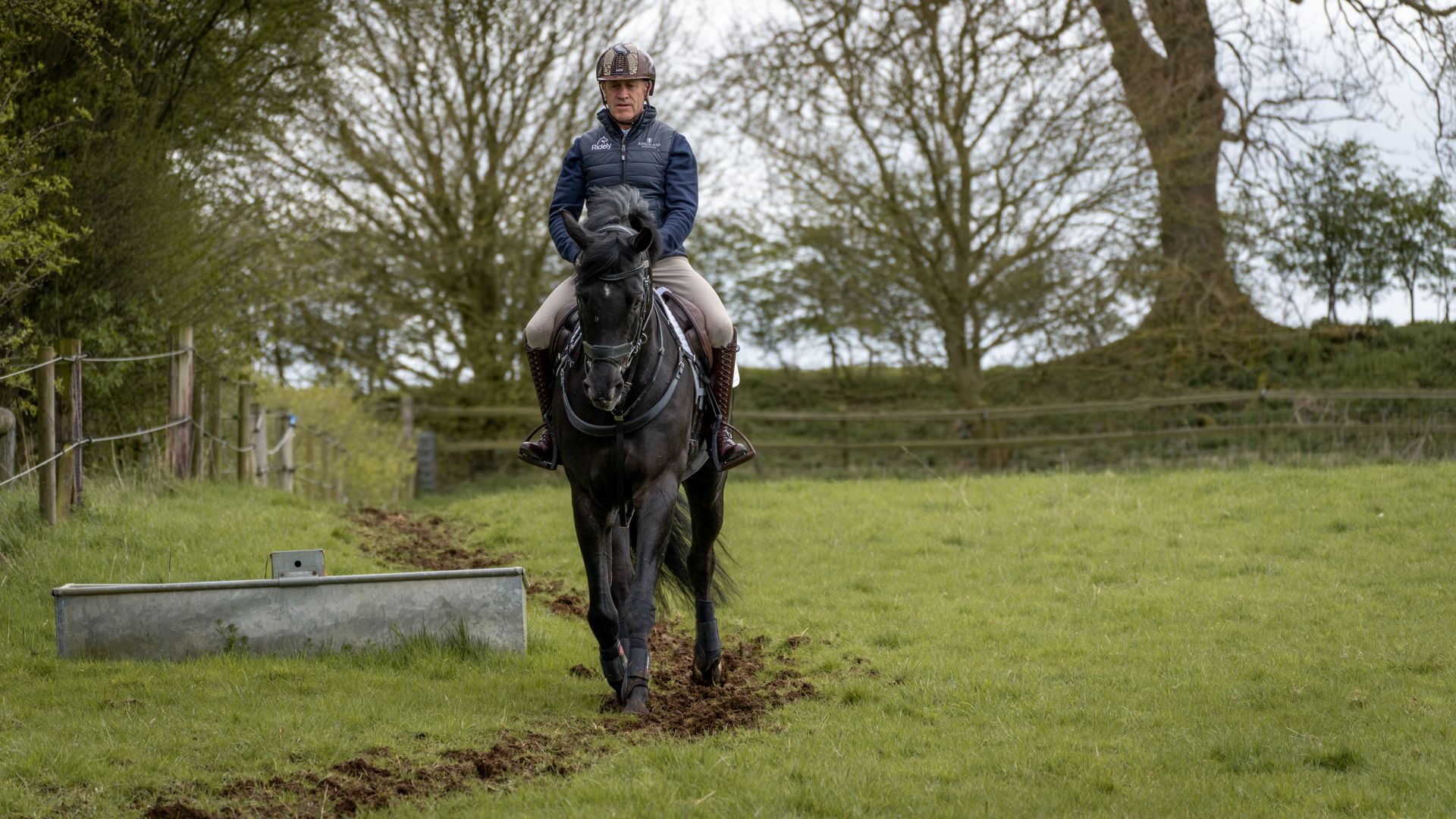
Training on a variety of surfaces is a critical aspect of a horse’s conditioning and overall wellbeing.
Horses, much like human athletes, need exposure to different terrain types to develop their strength, balance, and adaptability. Focusing only on one surface can lead to overuse injuries and limit a horse’s performance, while regular variation in surfaces has been extensively researched and proven to promote soundness and longevity in their athletic careers.
Benefits of Training on Different Surfaces 🐎
Strengthens Muscles and Tendons
Each surface, whether soft sand, hard dirt, or grass, challenges different muscle groups and tendons. For example, harder surfaces can help strengthen bones and joints by improving shock absorption, while softer surfaces like sand develop deeper muscle strength and balance. Incorporating both types into your horse’s routine can create a well-rounded and resilient athlete.
Improves Balance and Coordination
Horses need to adjust their stride and posture depending on the surface. Training on uneven or varied terrain, such as grass or a driveway surface, can help improve a horse’s coordination and balance. This enhanced proprioception (awareness of body position) will make them more agile and responsive in different conditions.
Prevents Overuse Injuries
Continuously training on a single type of surface can put repetitive strain on certain joints and tendons, leading to injuries like ligament damage or joint inflammation. By varying surfaces, you distribute the workload across different parts of the horse’s musculoskeletal system, reducing the risk of overuse injuries.
Prepares Horses for Competition Conditions
Horses in competitive disciplines, such as eventing or show jumping, often encounter a variety of surfaces. Conditioning your horse on similar surfaces can enhance their confidence and performance during competition. It ensures they are well-prepared for transitions between grass, arena footing, and even the pavement in certain endurance events.
Different Types of Surfaces and Their Impact
Grass
Grass is a natural surface that provides moderate cushioning. It’s excellent for training balance and agility but can become slippery when wet. This makes it useful for preparing horses for real-world conditions, such as outdoor competitions or trails.
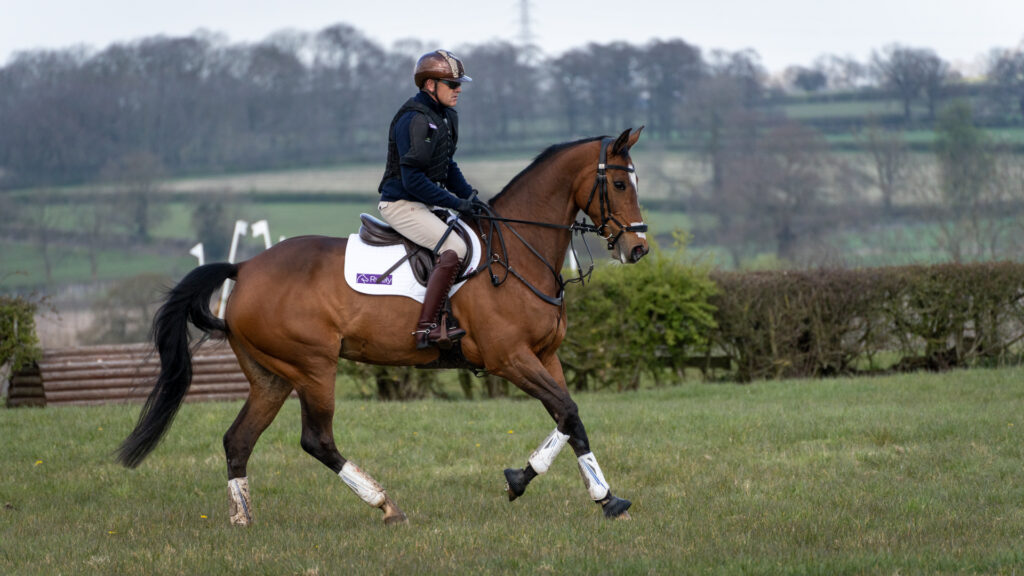
Sand
Sand provides more give, allowing the horse to sink slightly into the ground. This surface is ideal for building strength in tendons and ligaments, but too much work on soft sand can lead to fatigue, so moderation is key.
Dirt/Hard Ground
Hard ground promotes the development of bone density and joint stability. However, prolonged training on this surface can lead to concussion-related injuries, so it’s important to balance hard ground work with softer surfaces.
Arena Footing
Arena footing is typically designed for optimal performance and shock absorption, making it one of the most forgiving surfaces. However, horses still need exposure to natural and uneven terrain to stay adaptable and injury-free.
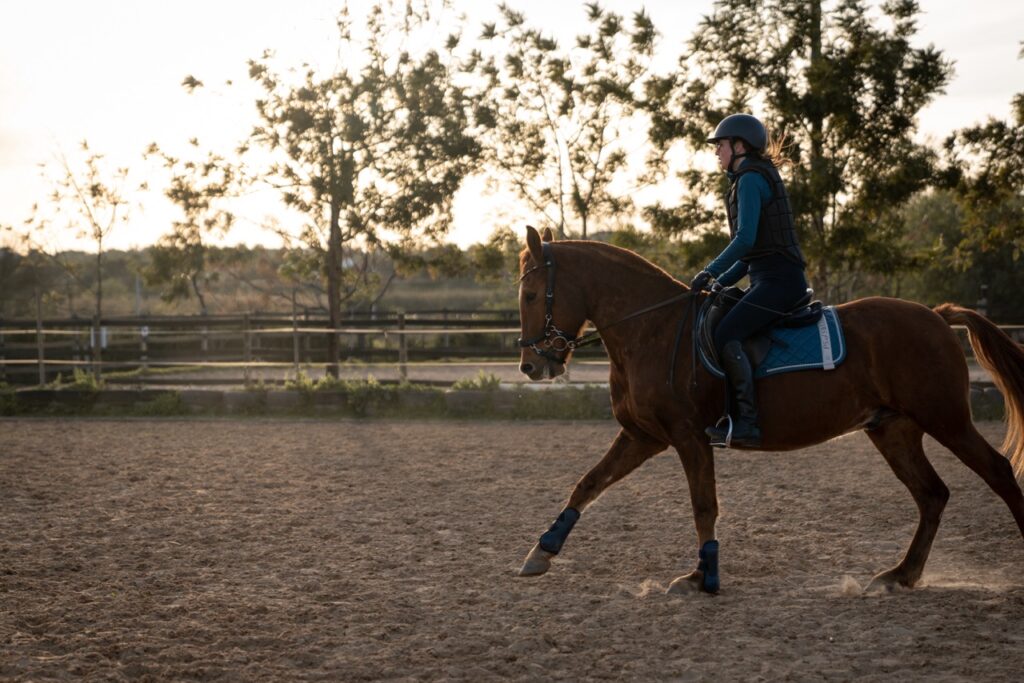
The key to success really is balance across the different surface varieties with each type providing a different benefit to your horse.
How to Incorporate Surface Variety into Your Training Program
To get the most benefit from surface variety, here’s how you can structure your horse’s training:
🐎 Rotate Surfaces Regularly: Aim to train on at least two or three different surfaces each week, balancing softer and harder ground.
🐎 Adapt the Intensity: When working on more demanding surfaces like deep sand, reduce the intensity or duration to avoid fatigue and injury.
🐎 Monitor Your Horse’s Response: Watch for signs of strain or soreness, especially after working on harder surfaces. Adjust your routine as needed based on your horse’s comfort and performance.
Log Your Riding Surfaces with the Ridely App 📲
Ridely allows you to log the different surfaces you have been riding on each time you log an activity in the app.
This feature helps you track and balance the different surfaces your horse is exposed to, ensuring a varied training regimen. By logging your rides, you can identify patterns that may lead to overuse injuries and adjust your schedule to prevent them.
Regularly reviewing your horse’s training surfaces will give you deeper insights into their fitness progress and help you make more informed decisions about their conditioning and care.
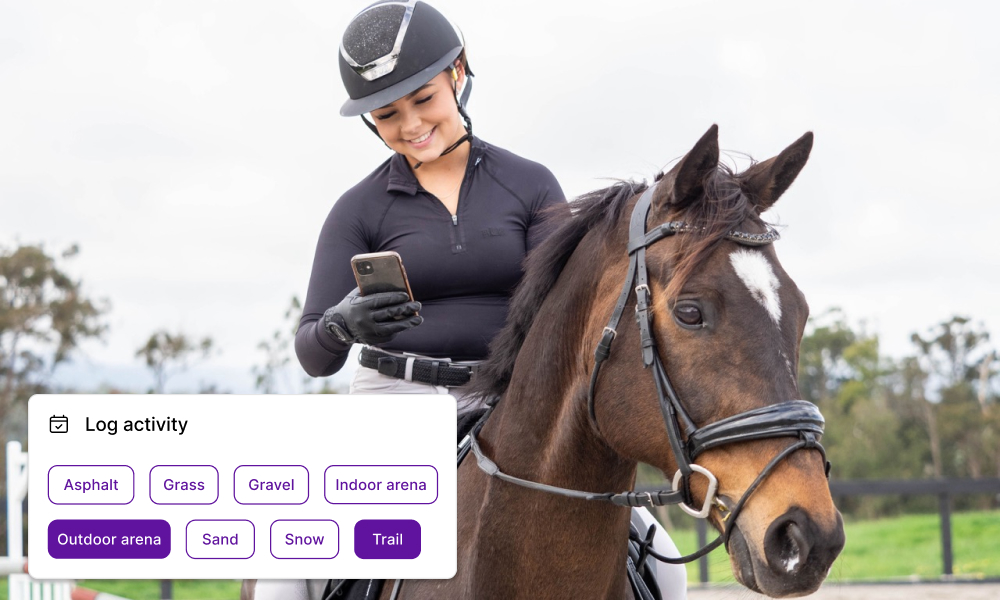
Incorporating a variety of surfaces into your horse’s training is a simple yet effective way to prevent injuries, improve fitness, and enhance their overall performance. By balancing surface diversity, you’re investing in the long-term health of your horse, ensuring they stay strong, sound, and ready for any challenge. With the ability to track surface usage in the Ridely app, managing and optimizing your horse’s training routine has never been easier.
Start tracking your horse’s training surfaces today with the Ridely app and create a well-rounded training plan for injury prevention and improved performance.
